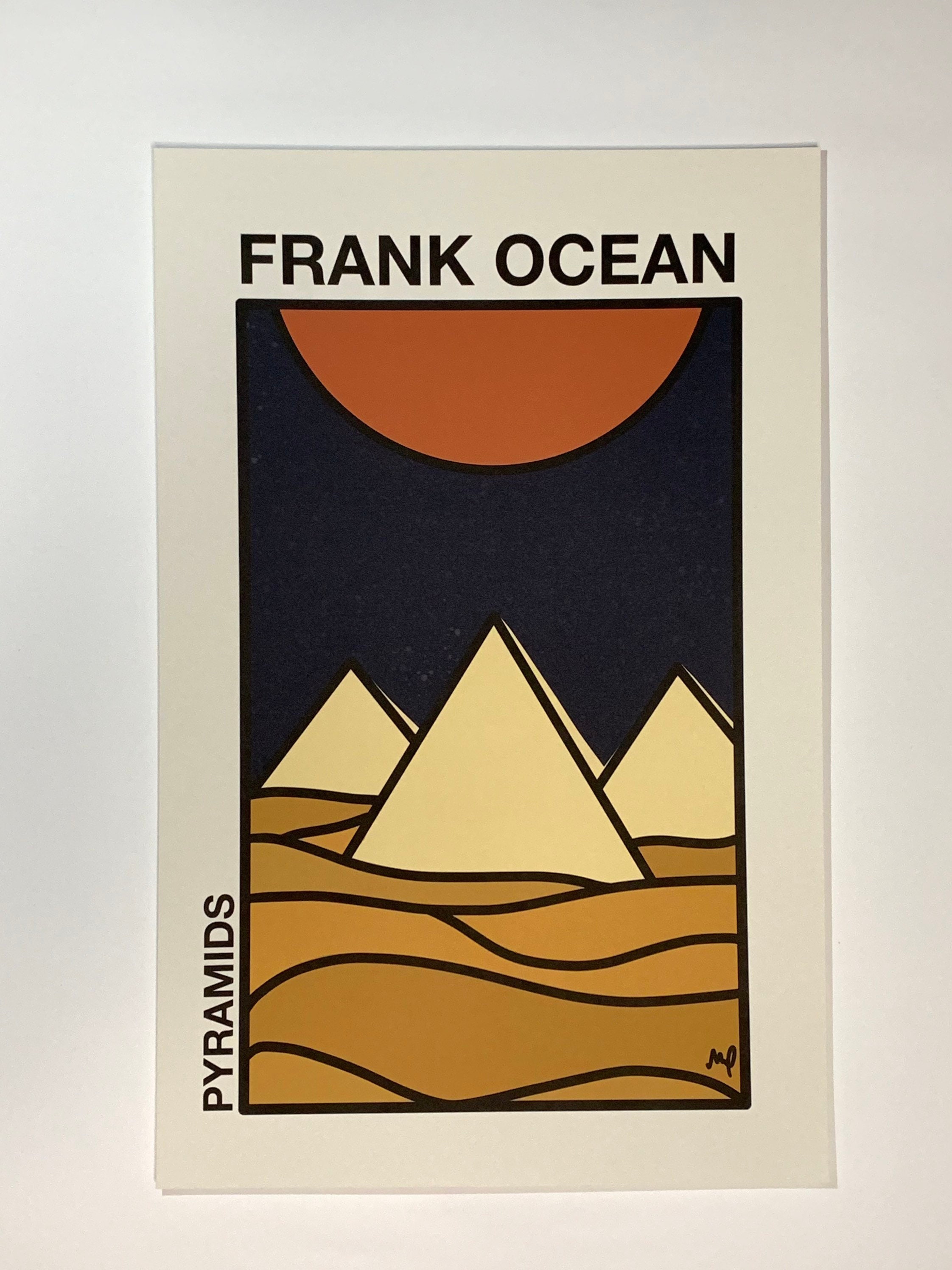
In an interview with the magazine, Rap-Up, Ocean said of his record, “It succinctly defines me as an artist for where I am right now and that was the aim. His songs are carefully crafted compositions, the sounds surrounding the lyrics, the smooth shiny cover to the words within. This sounds more like Soul music via Animal Collective. The tracks flow more free-form than your average Hip Hop/R&B artist. Sounds slip and slide around his songs, standard song structure only occasionally being employed in his compositions. Ignoring caution about his sexuality, his past, and his bankability for his label, Def Jam, Ocean dove in to unconventional urban musical waters. Not much has been made of Ocean’s sexuality, which is outstanding since it should be essentially a non-issue as art is about the universal human experience. When Ocean was 19 years old, he first fell in love with a man, and the record details the fall, longing, rejection, heartache and other characters and imagery to create the color perception of that summer. It demands our attention.Frank Ocean‘s debut album, “ Channel Orange” uses its title to reference the neurological phenomenon grapheme–color synesthesia and the color he perceived during the summer he first fell in love. “Pyramids” cannot be denied as a masterpiece, for it is so assertive in its shape-shifting presence. He lords over our time and our ear as Cleopatra lords over desire and the body-and we can’t get mad. A young Frank Ocean uses “Pyramids” to claim each of our senses. A lyrical marvel, a producer’s wet dream, “Pyramids” is a feat simply because it exists so boldly. Every breathy rap and howling note bleeds into its successor. There’s not a dull moment on “Pyramids,” every image leads us into the next image. To see she is an ethereal and thriving being is to be rewarded by Frank Ocean for sitting through his fable.
/cdn.vox-cdn.com/uploads/chorus_image/image/50510413/blond.0.0.jpg)
Why does this matter? Well, after investing 10 minutes into the track, we become wholly bonded to our Cleopatra. Closing with instrumentation, then, only uplifts this fact. As in, our Cleopatra is forever, whether she is working or simply being. The use of the present progressive suggests a continuous action, an endless thing. Yes, Cleopatra becomes endless by the end of the second half of “Pyramids.” Closing with a guitar solo and with Cleopatra “w orking at the pyramid,” gives us the impression she isn’t going anywhere. How could “Pyramids” be anything other than 10 minutes when we have a whole history to explore? Most importantly, how could “Pyramids” be anything other than 10 minutes when our Cleopatra, as we learn across the song, is a vision of oblivion? Too, pointing towards the future helps Frank validate the length of the song. Moreover, we understand Frank’s motives from the first half of “Pyramids,” where he sings: “ We’ll run to the future, shining like diamonds.” From the beginning, Frank is alerting us to the majesty of “Pyramids,” how it expands upon a tragedy with real-world imagery and glimmers of hope. Frank is merely the vessel, and he empties himself to the best of his abilities to allow the Cleopatra narrative to be fluid and pure. Here, Cleopatra owns her body-she owns her history.

Frank’s aim with “Pyramids” is to, as much as a man can, return the power men siphon from women back to their rightful owners.
#Pyramids frank ocean art how to#
He seems to say Cleopatra understands the pithy desires of man and knows how to bend them to her will-to her benefit. Frank does not levy pity on Cleopatra, does not weigh her choice of labor on any moral scales. We cannot escape the male gaze, but we can applaud Frank for giving our Cleopatra agency as she moves from past to present.

We cannot escape the fact that Frank is a man looking at a woman. There is, of course, the complication of desire. Frank attempts to note how desire and strength weave together to create something timeless and irreverent. The supposition here is that Cleopatra can never really die, much like desire can never really die, much like Black women themselves are eternal. Frank could have concluded the song there, but he chose to continue the history of Cleopatra, of the Black woman. After the first half of the song, our Cleopatra dies as she does in myth, by the bite of a poisonous serpent. Instead, Frank chose to sew two halves together to make one astounding whole. “Pyramids” could have been released as two complementary songs on channel ORANGE.


 0 kommentar(er)
0 kommentar(er)
